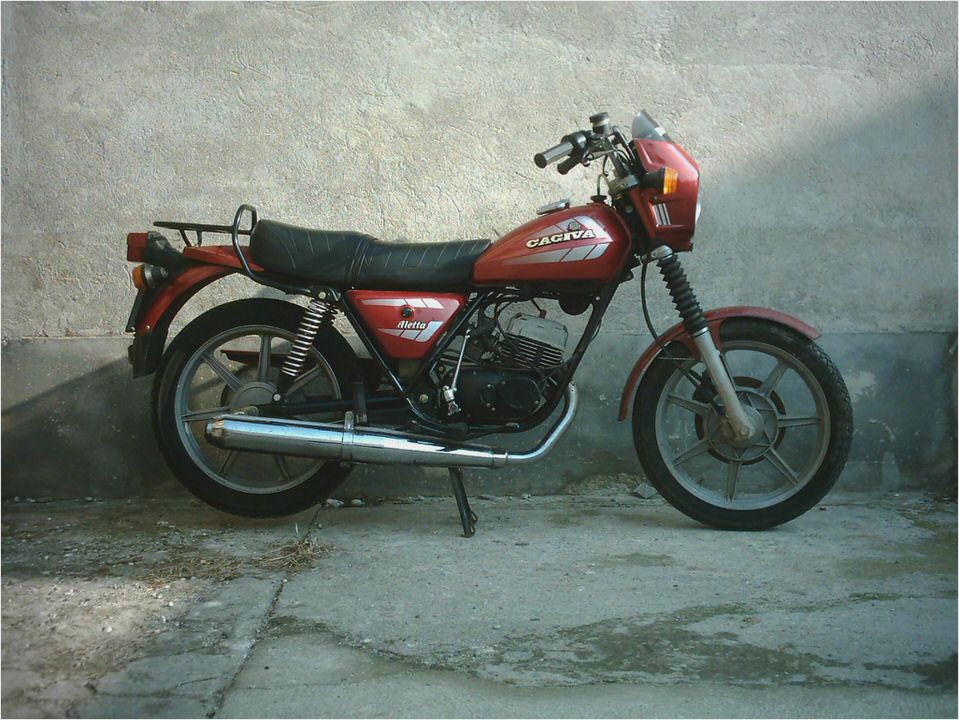
As far as I can see the major advantage of owning any Harley, perhaps the only advantage, is that you can drop a line on a woman about owning one and get her on the back before she knows what’s hit her. By the time she’s clocked that it’s one of those stupid badged Harleys made in Italy it’ll be too late to back out.
This was the theory that caused me to hand over 200 notes for a non-running 250 single cylinder stroker. To be fair, it looked quite rakish in its way and the chassis was in good nick. I spent many an idle moment sitting on the wee beastie, playing demonically with the throttle even though the engine was as dead as a corpse.
At first I thought the refusal to start was a decade’s worth of crud in the carb. I spent a day cleaning the gunge out, grinding the float valve in and blowing compressed air through the jets, causing the local garage owner to rush out to see what I was doing with his air-hose.
That was a waste of time as the engine still refused to start or even make encouraging noises. A new spark plug didn’t help, but I noticed that the spark was more yellow than blue. That led to the points which were a battered mess that couldn’t be cleaned up.
Halfords was raided for a similar set and after some serious bodging they were fitted. The spark was still poor but there was a bit of growling in the combustion chamber.
Only after fitting a newish coil and HT lead off an MZ did the engine come to life. Unlike many a Wop machine the kickstart was on the right side and didn’t need much effort. I’d eliminated all the connectors and switches in the ignition circuit, the only way to stop the engine was to pull the HT lead off or stall the bike.
The test ride revealed that the bike would clang into first gear then refused to come out unless the engine was stalled when it’d go back into neutral. In a frenzy of revs it’d put 25mph on the clock and leave the whole area in smog until the engine had a chance to clean itself out.
The poor gearbox was caused by an almost complete absence of lubricant. I poured in some car gearbox oil and was rewarded with a change that if not slick could crunch through the gears. It felt quite similar to an MZ ETZ250 I’d once owned but was better in so far that it rarely fell out of gears once they were engaged.
At times, though, the whine of the gears meshing drowned out both the engine and exhaust noises!
Once I was convinced there was some life left in the motor, I bought a new battery, rewired the lights and horn, cleaned up the seized front disc and generally gave the machine a good going over. Being a two stroke single meant that regular maintenance was merely checking the ignition timing and adding oil. An MOT was passed first try, with some nice comments about the bike from the tester.
If he’d actually ridden the HD rather than given it a cursory going over he’d have been a damn sight less enthusiastic. The front brake barely worked, the tyres felt very brittle and grinding vibes came in every time I used the throttle in anger. Being lazy I put the bike up for sale for Ј600 but the only guy to turn up just laughed at me, saying he thought I had one of the single cylinder four strokes for sale, which for a while Harley also badged.
He reckoned the best thing I could do with the stroker was pop it into the nearby canal.
There followed an amusing two months when I used the Harley for the daily commute. In the dry it was passable as long as I didn’t expect to do more than 70mph. Thereafter the single cylinder vibes tried to destroy the chassis.
Wet weather was also nasty as the rain got into the switches, making the lights and horn go berserk. It’s not too much fun to sit at traffic lights with the horn blaring away and sparks coming out of the switch cluster!
The Pirelli tyres were also crap in the rain, probably because they were ancient and had gone brittle. I wasn’t of a mind to spend money replacing them and the Harley only weighed about 300lbs, therefore easy to grapple with when sliding along the road. The front brake just didn’t want to work in the wet, there was sod all engine braking and the rear drum was either on or off (as was the rider if things went seriously wrong).
The few times the Harley hit the deck I got away with bruises to myself, and dented tank and silencer, plus the usual bent levers, to the bike. Whenever it slid down the road it protested by refusing to start for the next half hour. There was thus no chance of doing a runner from some irate cager whose pride and joy had been hit by the Harley or quickly removing myself from the scene and packs of giggling school children who invariably popped up out of nowhere whenever I came off.
No sooner had I become used to the handling than the clutch went BANG! The drum had cracked up then exploded. Somehow, the gearbox avoided self-destruction although the kickstart’s ratchet was devoid of teeth.
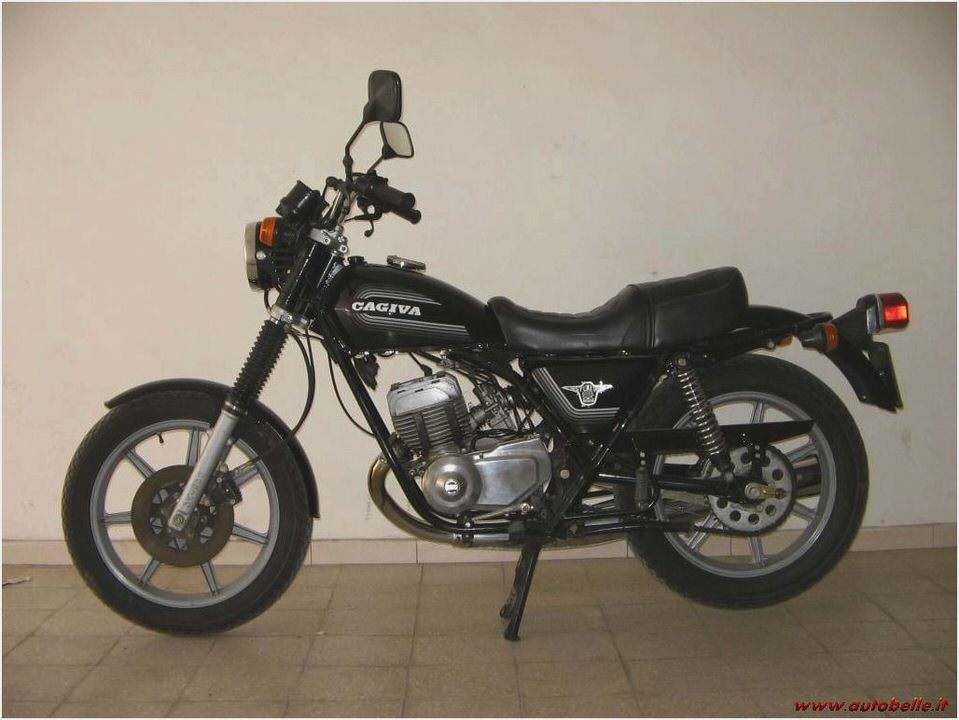
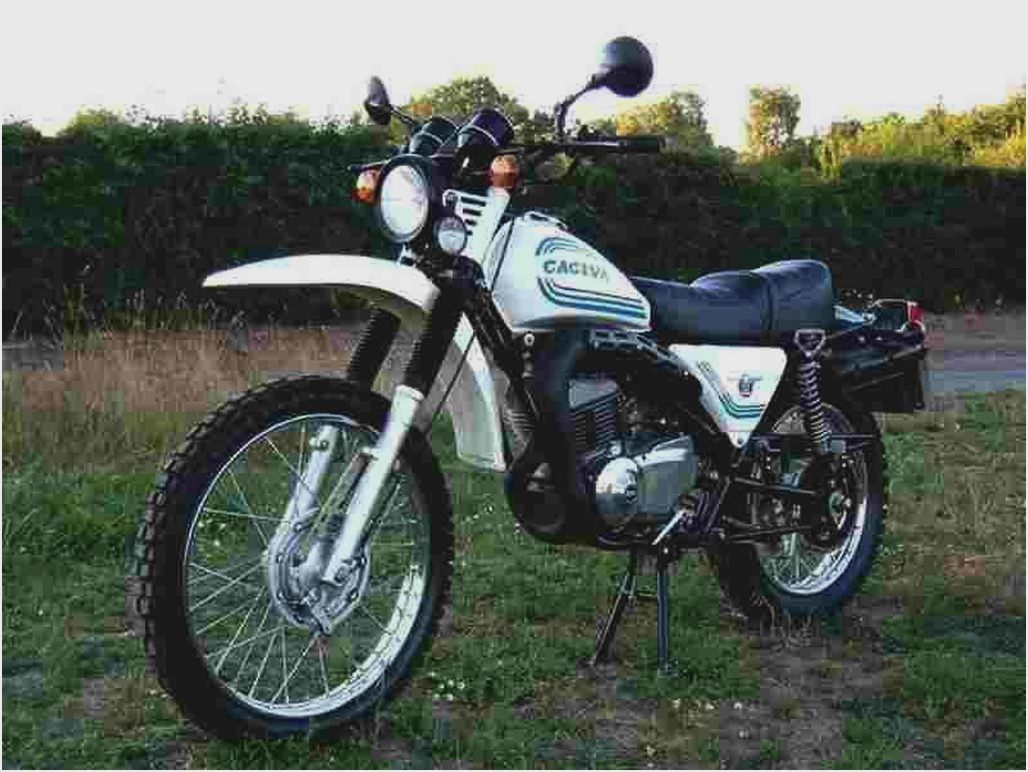
Now, where the hell was I going to find a new or used clutch?
Er, nowhere as it happened. The one quote I had for machining one out of solid indicated they were going to make it out of gold! The chassis, tyres apart, was in reasonable nick, so it seemed a pity to throw the bike away or sell it as a non-runner.
After a few bottles of Newcastle Brown I decided the solution was to fit a 125cc engine. This would make the hack attractive to learners as well as halving my insurance bill. In the end, a tuned Yamaha RXS100 engine was forced in. It was a very tight fit, needed some filing of the engine cases and levering to get it to settle down nicely.
It didn’t look half bad by the time I’d finished.
Despite the small capacity, this motor turned the bike into a real screamer that would put 80mph on the clock, cover the area in smog and a wonderful wail out of the spannie. It took six months and 10,000 miles of flat out riding to wear the engine out.
By that time I’d found some used bits that helped me do a thorough rebuild to the Harley engine. Brand new piston and barrel, good clutch, some kickstart bits and a better carb. The crankshaft showed no signs of wear and the gearbox only had a few small score marks on the teeth despite the whining noises.
I had the same starting problem as before. Just didn’t want to get going again until I coerced some mates to push me up and down the street a few times. When the motor fired, the violence of the power pulse caught me out. For the first time there was enough power to do a wheelie.
Wow!
After 200 miles of running in, the top speed turned out to be 97mph on the clock, which was wildly optimistic as my mate on a Beemer reckoned it was only 85mph. Vibes were much reduced, possible to cruise flat out if the wriggling tyres and non-existent brakes were put out of my mind. The brake was improved with a used Brembo caliper, new hose and fluid, but still left me gasping with fear on a few occasions.
By the time I’d finished with the Harley it looked very smart, ran well, stopped reasonably, was an excess of fun to ride and cost sod all to run (fuel was 60mpg). The only thing that persuaded me to sell was an offer of Ј850!
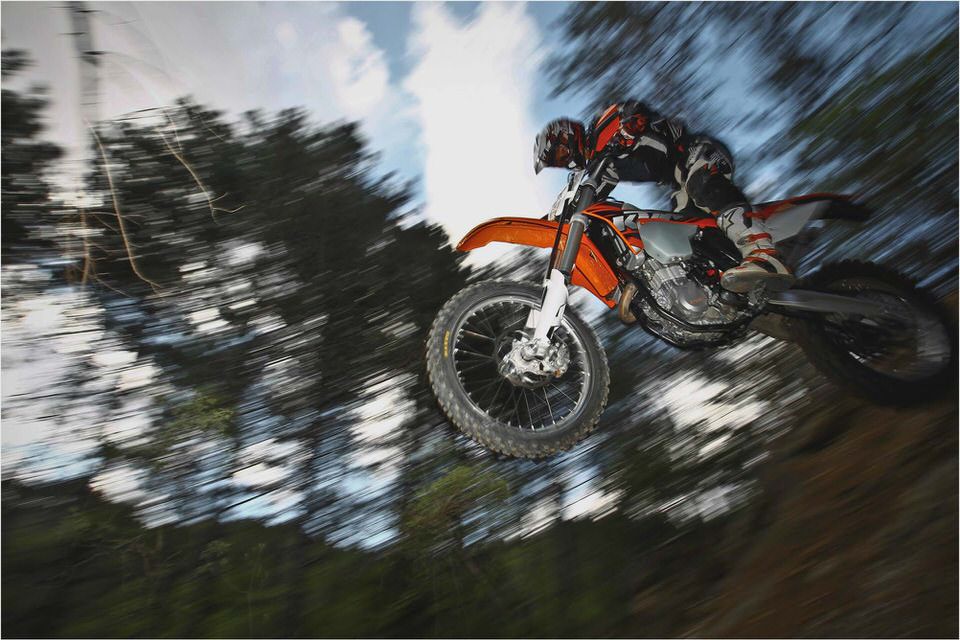
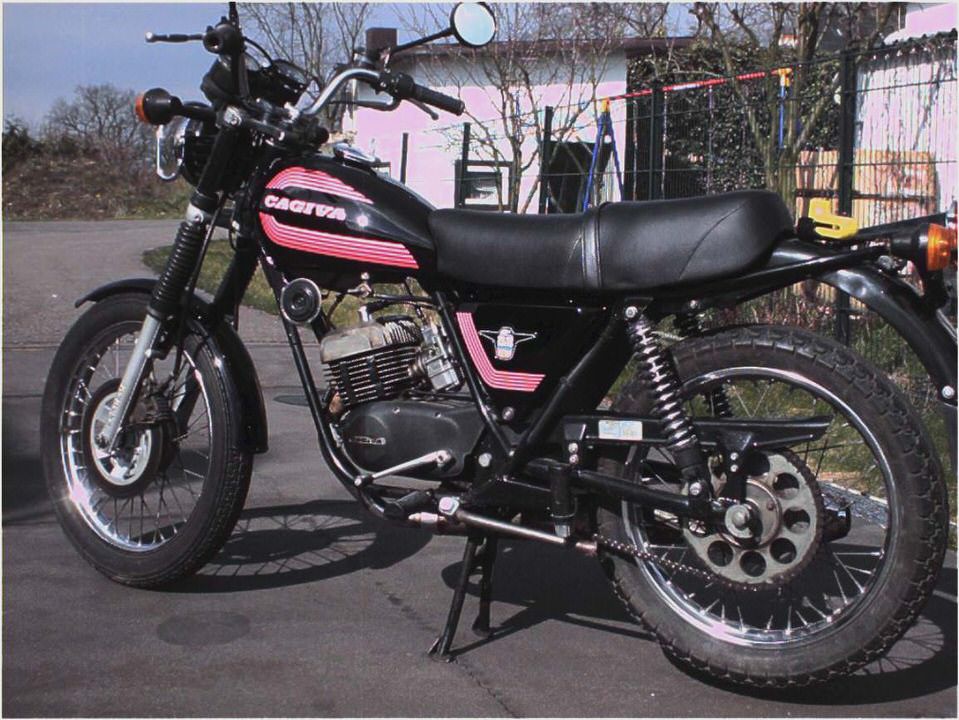
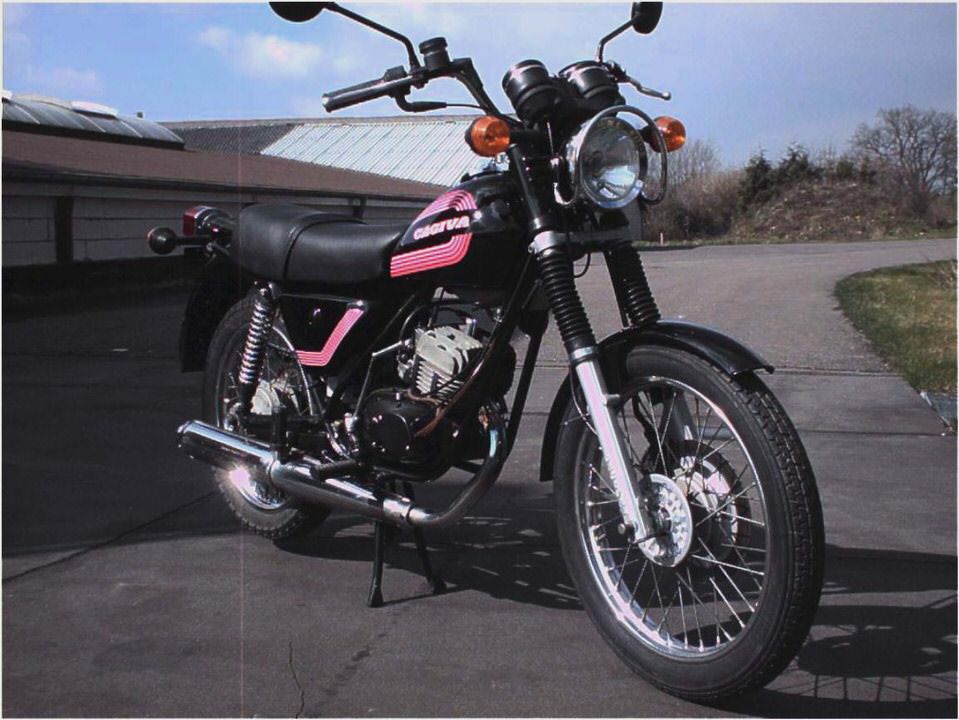
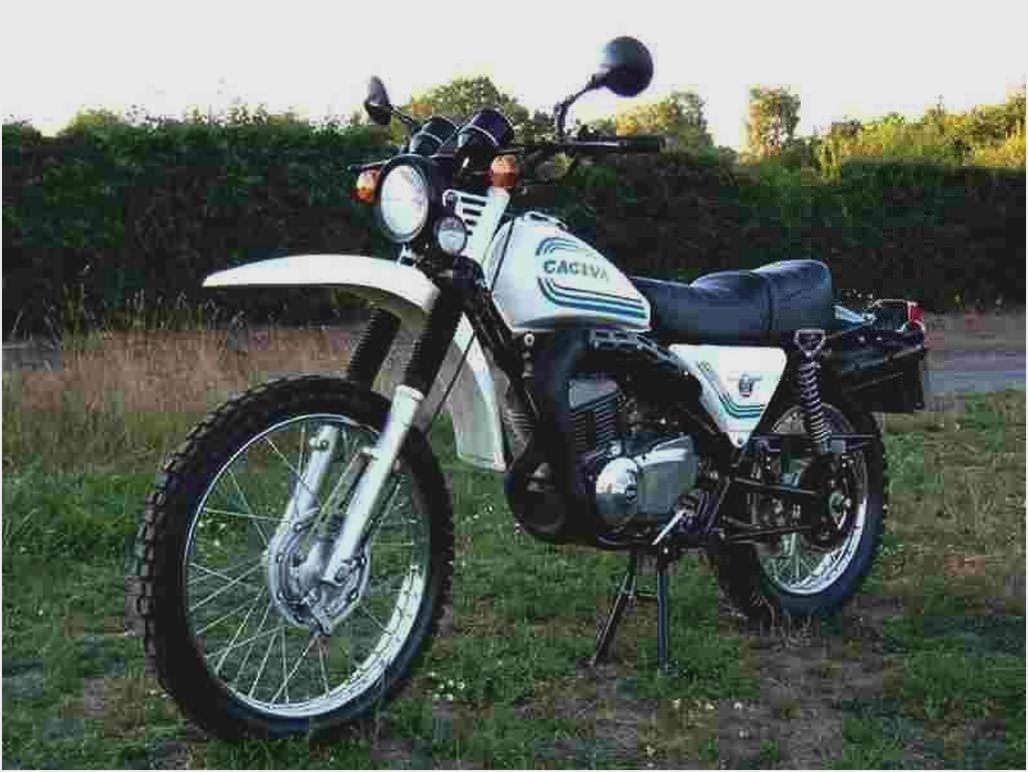
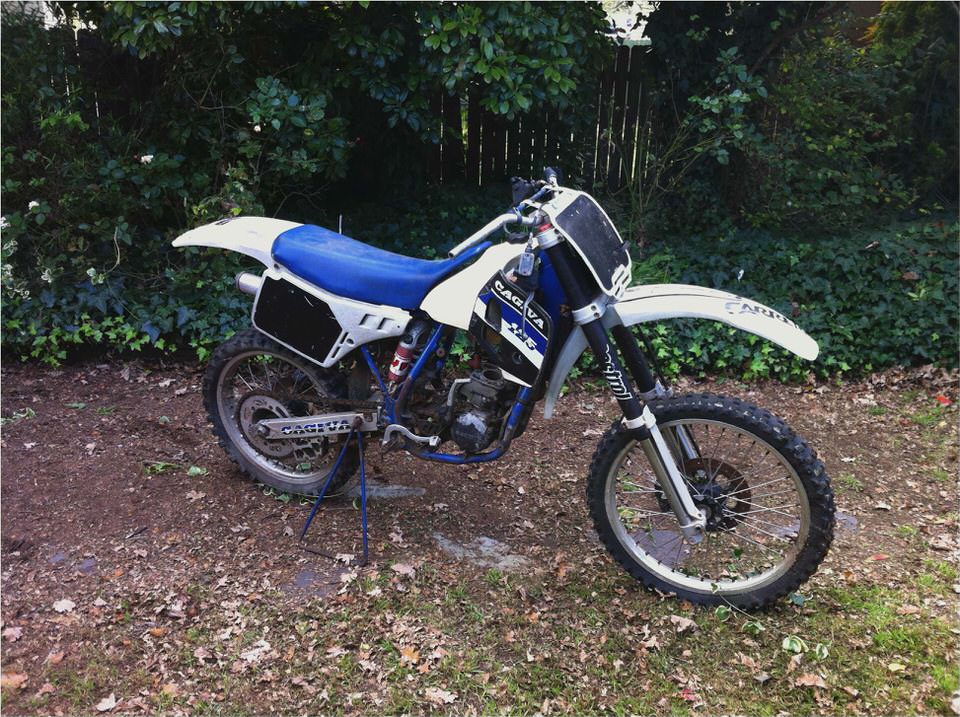
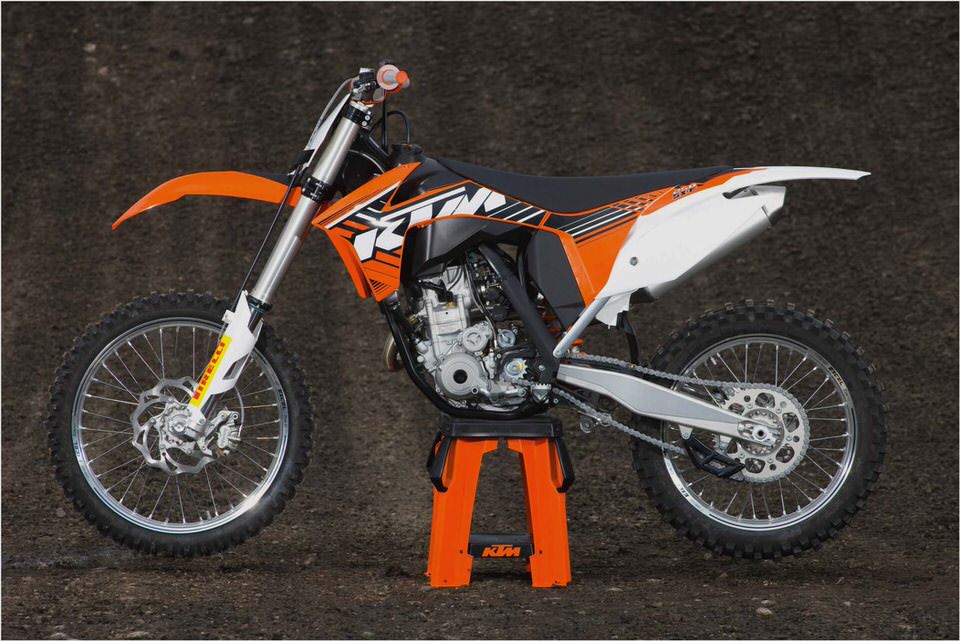
- Cagiva Bike Insurance Cover Bennetts
- BikeBoy.org – Cagiva GRAN CANYON
- The Cagiva Alazzurra – Classic Italian Motorcycles – Motorcycle Classics
- Cagiva Mito 125 Review at NST
- Motorcycle Specs-Cagiva
